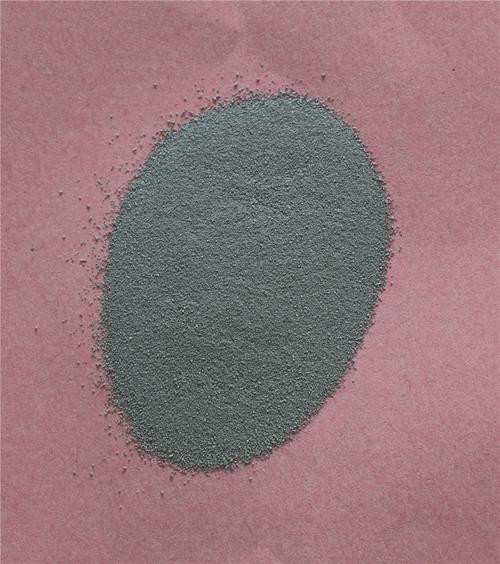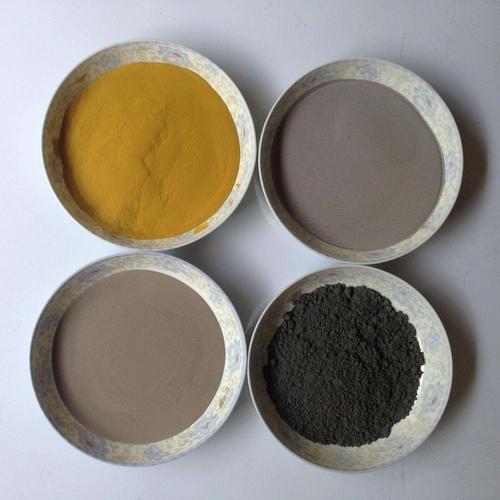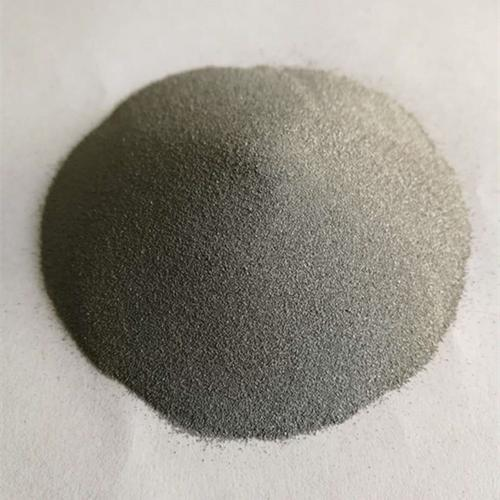**When Potassium Meets Phosphorus: The Fiery Chemistry Behind the Sparks**
(What Is The Formula Of The Predicted Product From Heating Potassium Metal And Powdered Phosphorus?)
Picture this: a chunk of silvery potassium metal and a pile of dark, powdery phosphorus sitting in a lab. Both seem harmless at first glance. Heat them up, though, and things get wild. These two elements don’t just mingle—they explode into a chemical romance. What happens when you toss them together and crank up the temperature? Let’s break it down.
First, meet the stars of the show. Potassium is a soft, shiny metal that’s downright hyperactive. It hates sitting still. Toss it in water, and it’ll fizz, pop, and even burst into flames. Phosphorus, on the other hand, is a sneaky powder. It’s not metal, but it’s just as reactive. In nature, you’ll find it hiding in rocks or bones. When these two get together, it’s like mixing firecrackers with a blowtorch.
Now, heat is the matchmaker here. Crank up the temperature, and potassium atoms start bouncing around like kids on a sugar rush. The phosphorus powder heats up too, turning into a vapor. This is where the magic kicks in. The potassium atoms, desperate to ditch their outer electrons, shove them onto the phosphorus. Why? Potassium has one electron in its outer shell it’s itching to lose. Phosphorus, though, needs three electrons to feel complete.
So here’s the deal: three potassium atoms each hand over one electron to a single phosphorus atom. This electron swap turns potassium into positively charged ions (K⁺) and phosphorus into a negatively charged ion (P³⁻). Opposites attract, so these ions stick together like magnets. The result? A brand-new compound called potassium phosphide, with the formula **K₃P**.
But wait—why three potassium atoms? Simple math. Phosphorus needs three electrons to fill its outer shell. Each potassium atom donates one. Three potassium atoms cover phosphorus’s needs. This teamwork creates a stable ionic compound. No fancy jargon here—it’s just atoms sharing electrons to stay happy.
Let’s talk about the reaction itself. Mixing potassium and phosphorus without heat is like trying to light a wet match. Nothing happens. Add heat, though, and things ignite. The potassium melts first, becoming a liquid. The phosphorus vaporizes, wrapping around the molten potassium. Electrons jump ship, bonds snap and reform, and energy blasts out as light and heat. Ever seen a sparkler on the Fourth of July? This reaction is like that, but way more science-y.
Safety goggles are non-negotiable here. Potassium and phosphorus don’t play nice. The reaction isn’t just hot—it’s explosive. Labs handling these materials use shields, clamps, and tons of ventilation. One wrong move, and you’ve got a fiery mess.
What’s potassium phosphide good for? Not much in your everyday life. It’s a specialist. Labs use it to make other phosphorus compounds. Farmers might see it in some fertilizers. Fireworks designers? They love the sparks it can create. Mostly, though, it’s a cool example of how elements combine under extreme conditions.
Real-world chemistry isn’t always about beakers and equations. Sometimes it’s about understanding why things blow up—or glow, or stick together. Mixing potassium and phosphorus teaches us how atoms trade, share, and bond. It’s raw, elemental teamwork.
This reaction also reminds us to respect the elements. They’re not just entries on a periodic table. They’re building blocks with personalities. Potassium is the overeager volunteer. Phosphorus is the quiet schemer. Together, they create something bigger than themselves.
(What Is The Formula Of The Predicted Product From Heating Potassium Metal And Powdered Phosphorus?)
Next time you see a spark or a flare, think about the tiny atoms behind the show. Their dance is what makes chemistry thrilling. No robots here—just pure, fiery science.
Inquiry us
if you want to want to know more, please feel free to contact us. (nanotrun@yahoo.com)


